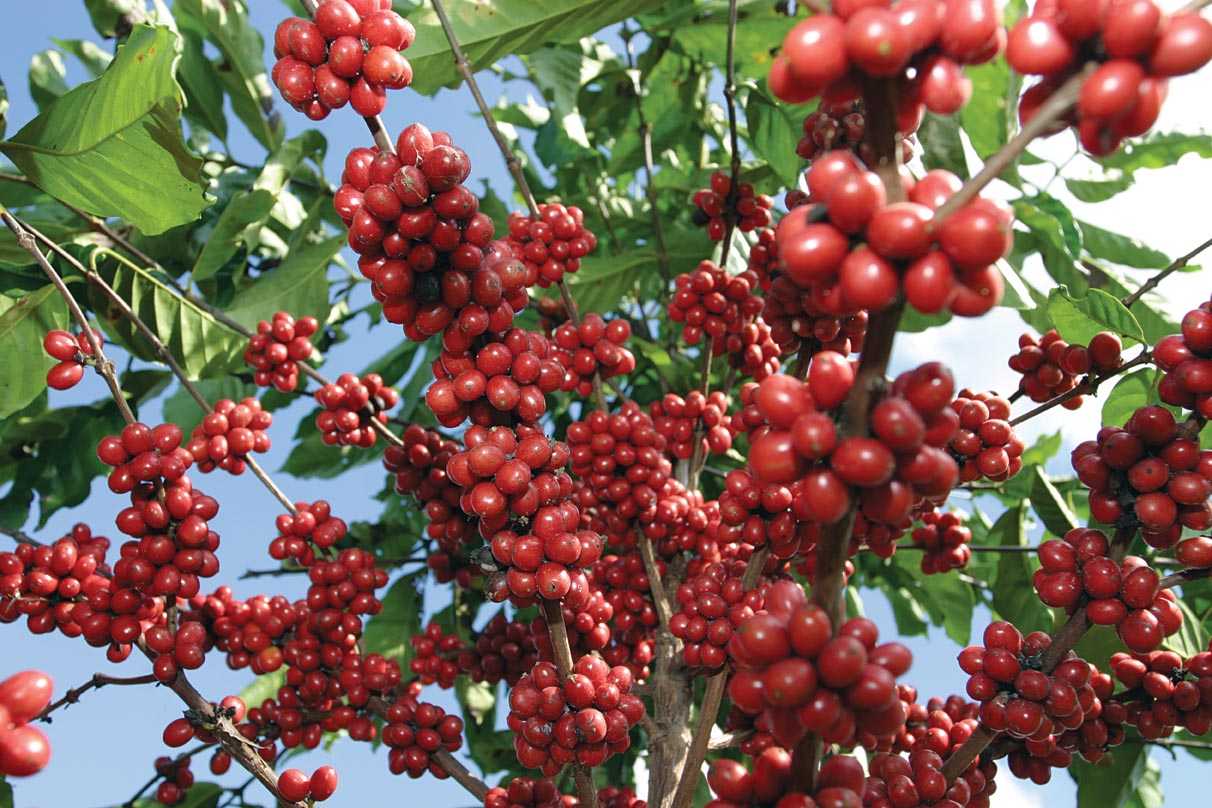During this season, the volume of Robusta coffee (Conillon) traded in the Brazilian domestic market has been low, which is favoring prices readjusts since June last year, reports CEPEA in its latest newsletter. Besides the last crop in Espírito Santo (main Brazilian producer) had a significant failure, exports were warmed from 2014 until late 2015.
Thus, producers with stocks keep waiting new rises to trade.
On February 5, the CEPEA/ESALQ Index for robusta type 6, screen 13 above (at Espírito Santo – no freight included) reached 401.58 BRL (102.63 USD) per 60-kilo bag, the second highest real level (deflated by IGP-DI from Jan/16) in Cepea series, started in 2011. In the partial of the month, the Index increased 1.35%.
With robusta prices (type 6 screen 13 above) increasing and arabica quotes (type 6 hard cup or better) oscillating, the gap between these varieties is narrowing.
Considering the average of both CEPEA/ESALQ Indexes in the partial of February (until 12), the gap is 94.01 BRL per bag, almost half of 171.05 BRL per bag registered in the same period in 2015.
With this gap and the perspective of a large arabica supply in the 2016/17 season, Brazilian industries can start buying higher volumes of arabica coffee to use in coffee blends.
In the partial of the month, the CEPEA/ESALQ Index for arabica type 6, hard cup or better (delivered in São Paulo city) decreased 1.28%, closing at 490.88 BRL (122.87 USD) per 60-kilo bag on Friday (12).


















